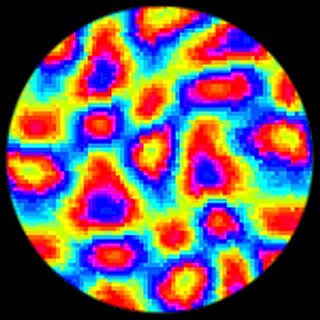Reading Blog: #3
- ethancherry
- Oct 16, 2024
- 2 min read
Updated: Dec 9, 2024
E-BOOK: Pixel Logic - A Guide to Pixel Art by Michael Azzi
BOOK: Arcade Game Typography by Toshi Omagari
--
Bit-Map as Painterly Abstraction
In the realm of digital art, pixel art emerges as a distinctly contemporay iteration of painterly abstraction. Through my own creation of bitmap paintings that are exhibited within the pixelated city of Ethanopolis in my Bouldercraft project, I am engaging with the foundational techniques of pixel art as highlighted by Michael Azzi in Pixel Logic. Azzi emphasizes the control and intention behind each pixel, a process akin to the meticulous brushstrokes of pointillism. I see this art-historical movement as an early analog to pixel art where small, distinct dots of color are applied in patterns to form an image.
Similarly, Toshi Omagari’s Arcade Game Typography delves into the nuanced world of pixel-based typography in video games, presenting a clear intersection of typography and pixel artistry that resonates with the structural and aesthetic rigors of mid-century modernism and minimalism. These movements, which celebrate grids and color fields, find a digital echo in the constrained yet expressive pixel grids of video game art, where each pixel serves a precise and considered role.
My engagement with Minecraft as a medium over more traditional design platforms is deeply intentional. Minecraft’s block-by-block construction paradigm enhances my artistic process, reminiscent of building complex mosaics where each block contributes to a larger perceptual whole. This process is not merely about creating a city but about embedding layers of meaning and interaction that invite exploration and discovery, much like walking through a dynamically evolving painting.
Furthermore, the global accessibility and cultural penetration of Minecraft provide a democratized platform where art is not confined to galleries but is experienced by a broad and varied audience, integrating the playful interactivity of video games with serious artistic creation. This approach aligns with the legacies of artistic movements that broke away from traditional forms to embrace abstraction and subjective viewer interpretation.
Both Azzi and Omagari highlight the many layers of cultural relenvance that bitmap art holds within today's art world. Pixel art does not simplify but rather deepens the narrative capacity of digital art, pushing the boundaries of how art is created, viewed, and understood in the contemporary digital age.


Comentarios